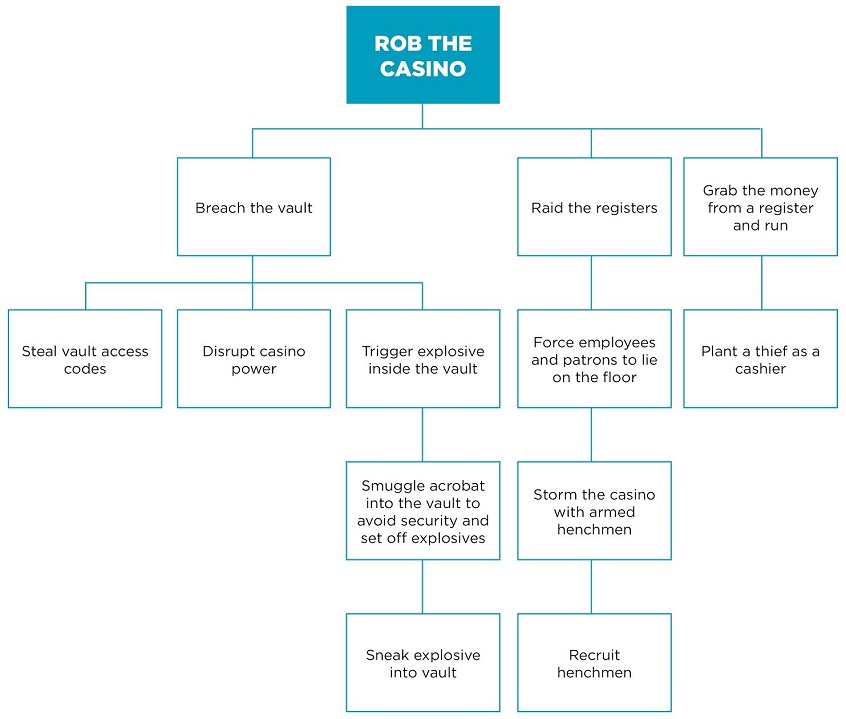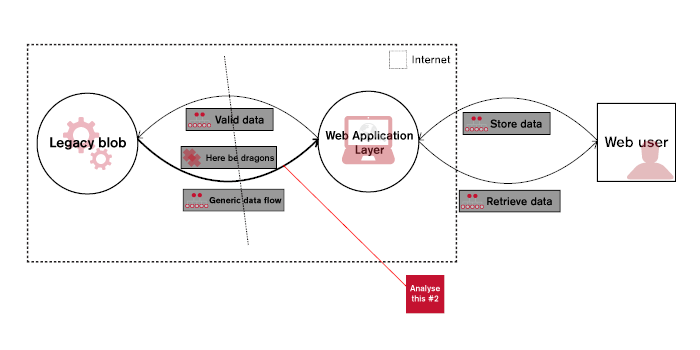What Could Possibly Go Wrong?
Threat Modelling in the 21st Century
TL;DR
- What is a threat model?
- Why should we have one?
- How should we make one?
- When should we do that?
- How do we know when we’re done?
- Does cloud change everything?
Threat Model(l)ing
An Attackers View of Your System
- Their ‘business plan’ to attack your system at lowest risk and highest return on investment.
In Context..
- Threat Model →
- Risk Assessment →
- Risk Management →
- System Development Life Cycle (SDLC) →
- Regulatory Compliance (ISO27k, PCI-DSS, GDPR)
- Or because you want to stay in business :)
AKA..
- Gartner’s ‘Adaptive Security Architecture’ (BS!)
- Predict, Prevent, Detect, Respond (PPDR) →
- Resilience modelling
Effective Security
- Well understood
- Managed risks
- Planned responses
Efficient Security
- Prioritised, cost effective controls
- Estimates of residual risk in business terms
- Ready made evidence for compliance audits
“Think Like an Attacker”
- Build a model of attacks
- Estimate cost to attacker
- Estimate impact to our business
- Prioritise threats on highest impact/cost ratio
- Take into risk assessment, control design..
Outside In Modelling
- Threat actors, motivations
- Target data and flows across..
- Boundaries.
- ‘Crown Jewels’ model
Inside Out Modelling
- Components
- Weaknesses
- Networks
- Microsoft STRIDE
Attack Trees
- Created by Bruce Schneier in 1999
- Common in Outside In models
- Effective when system is a well understood ‘White Box’

Iterative Refinement
- Created by NCC during consulting work
- Common in Inside Out models
- ‘Can’t make it worse’ principle :)
- Copes with less well understood ‘Grey Box’ systems

Greenfield: Part of the SDLC
- First model → during first design cycle!
- Refreshed → material changes in…
- System functionality or implementation
- External threat intelligence
Brownfield: Introduce to the SDLC
- As soon as possible within SDLC
- Always better to have a model than nothing!
- Provides risk information to system owners
- Incremental modelling reduces impact of introduction
Model Contains..
- Quantified risks
- Testable attacks
- Operational impacts
Model Checking
- Security Testing
- Red / Blue teaming
- Purple teaming
- Operational feedback
Can we SEP it?
- Somebody Else’s Problem: AWS/Google/Microsoft?
- Nope!
- Your architecture, your choice of components, your code
- New actors & risks
- New controls though :)

